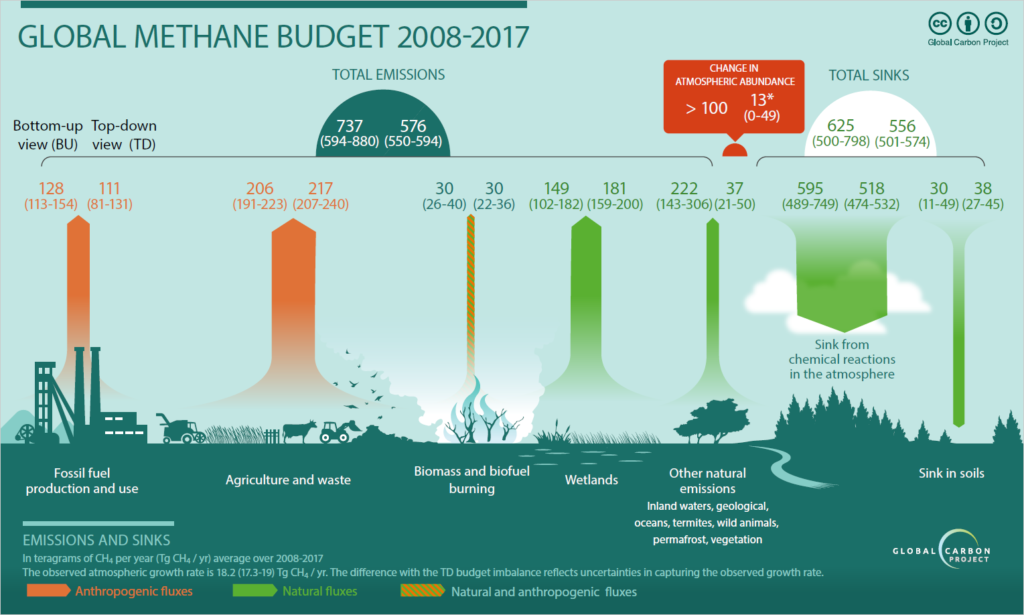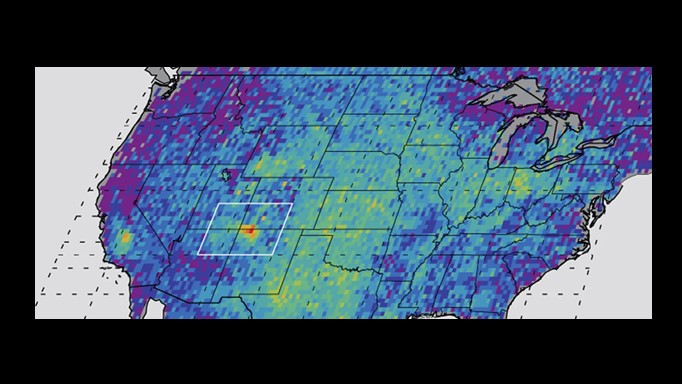
David P. Turner / July 12, 2021
The technosphere is often described by way of analogy to the biosphere. In both cases, energy throughput supports maintenance of order.
In the biosphere, the source of the energy is mostly the sun, and the fuel is often carbohydrates derived directly or indirectly from photosynthesis. The energy captured by photosynthesis is used for maintenance of metabolism in existing biomass (autotrophic respiration) and production of new biomass (of all types), which is ultimately broken down in heterotrophic respiration. These terms can be expressed in terms of energy flux or carbon flux.
In the technosphere, the energy source is also mostly the sun in that the fossil fuels that currently power the technosphere have their ultimate origin in ancient solar energy.
The technosphere equivalent of maintenance respiration is the energy throughput not associated with materials production, e.g., energy for heating, cooling, transportation, and communication. The technosphere equivalent of biomass production is manufacture of material artifacts like cars and buildings, much of which is turnover (replacement of worn-out or non-functioning objects) and some of which is new (expansion of the technosphere). The combination of energy spent on maintenance and manufacturing could loosely be considered technosphere respiration.
Respiration of both the biosphere and technosphere produces CO2 that is released to the atmosphere. However, in the case of the biosphere, nearly the equivalent of the respired CO2 is reabsorbed from the atmospheric pool in new photosynthesis. In contrast, much of the respired CO2 from the technosphere is accumulating in the atmosphere. Hence the problem of global warming.
There are many feedbacks that operate as the global climate warms, most of them positive (amplifying) feedbacks. Two commonly cited positive feedbacks are the water vapor feedback and the snow/albedo feedback (Figure 1). In both cases, as the atmosphere warms, the physical environment changes in a way that accelerates the warming. In systems theory, positive feedbacks tend to be destabilizing.

Here I would like to isolate two other positive feedbacks to climate warming that are not purely geophysical, rather they are mediated by the technosphere.
The first relates to energy use for cooling (air conditioning). As the low latitudes warm, people will increasingly prioritize air conditioning. At mid-latitudes, air conditioning will be used more frequently. At high latitudes, there will be some energy savings from reduced heating, but initial modeling suggests that the overall global effect of climate change on heating and cooling will be a large increase in energy demand (25-58% above a baseline by 2050).
To whatever degree that climate change induced technosphere energy consumption is supplied by fossil fuel combustion, i.e., business as usual, there will be more CO2 emissions and more global warming. This positive feedback loop (Figure 2) will frustrate global efforts to rein in CO2 emissions.

Another source of increasing energy demand will be the more rapid turnover of technosphere artifacts because of a changing disturbance regime. More fires, extreme weather events, permafrost melting, and sea level rise will all be destructive and require new construction. Again, we will see more demand for energy and eventually more warming (Figure 2).
Besides these two forms of positive technosphere feedback to climate change, a recent study also analyzed the potential increase in energy spent on transportation as climate warms.
The 3 mechanisms of positive technosphere feedback noted here do not consider other factors that will be increasing technosphere energy demand in the near future, particularly the demands associated with a growing global population and continued economic development (rising per capita energy use).
A few sources of downward pressure on total energy consumption are in play, including increasing energy use efficiency, increasing building insulation, and longer artifact turnover time. They point to the importance of efficiency standards (e.g., for air conditioners), building standards (for insulation), and product standards (for extending product lifetime). To the degree that improvements in these fields are driven by an intent to limit climate change, they represent a negative technosphere feedback to climate change (effectively a teleological feedback).
The way to diminish the strength of the technosphere maintenance and turnover feedbacks is to ensure that maintenance and repair of the technosphere are based on renewable energy sources.
A shift of the global energy infrastructure away from fossil fuels would of course also limit the magnitude of the climate change that initiates these feedbacks in the first place. That worthy goal is technically feasible.





